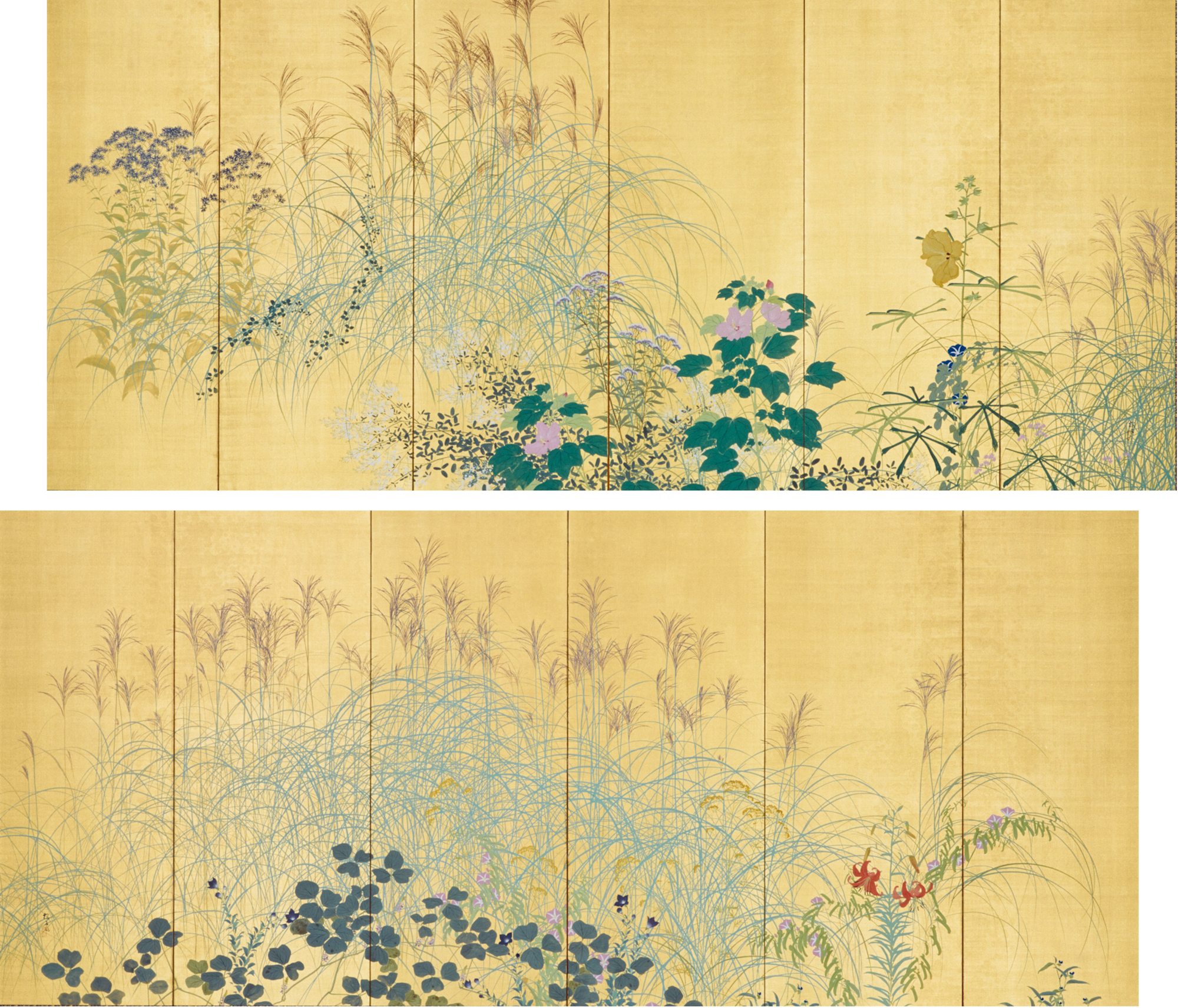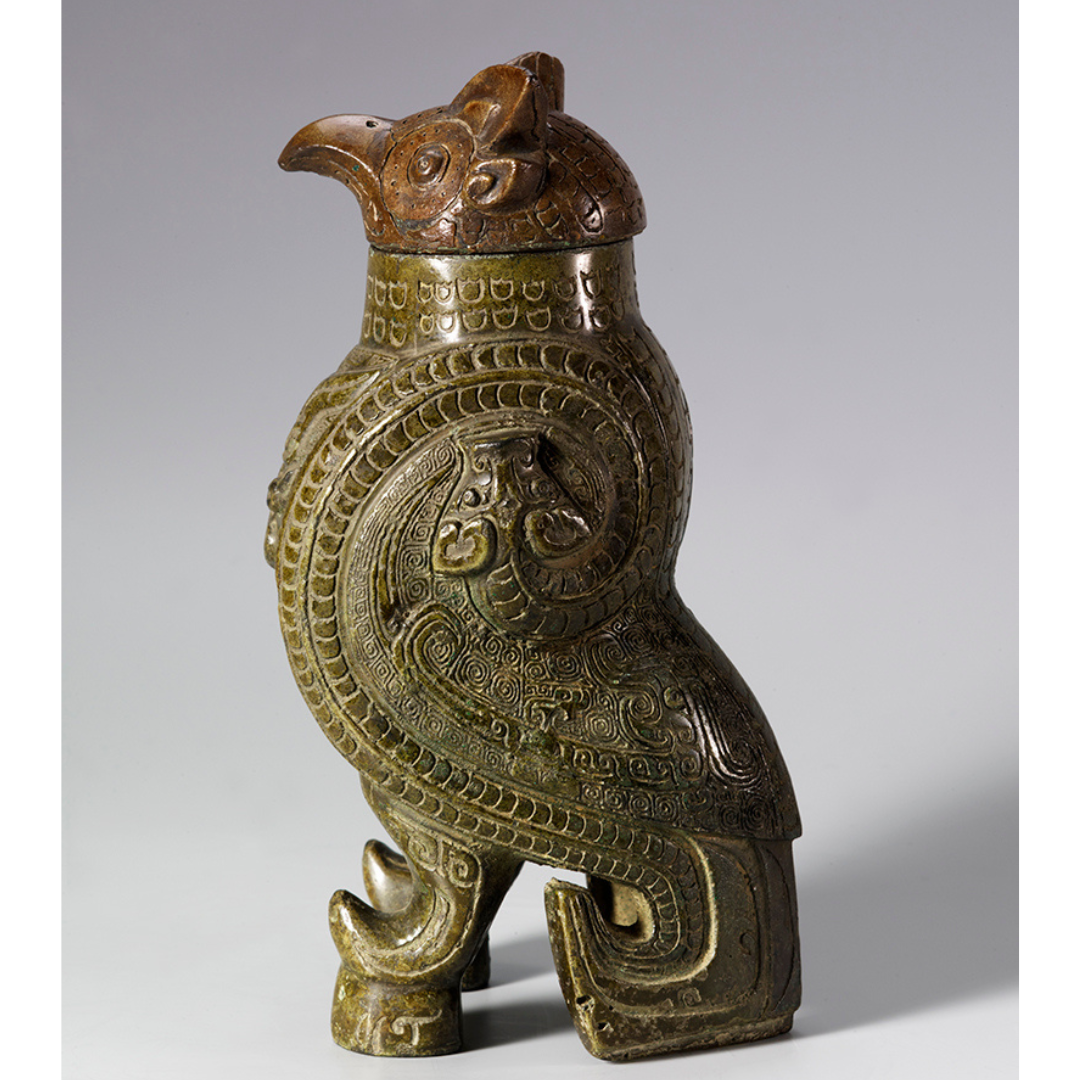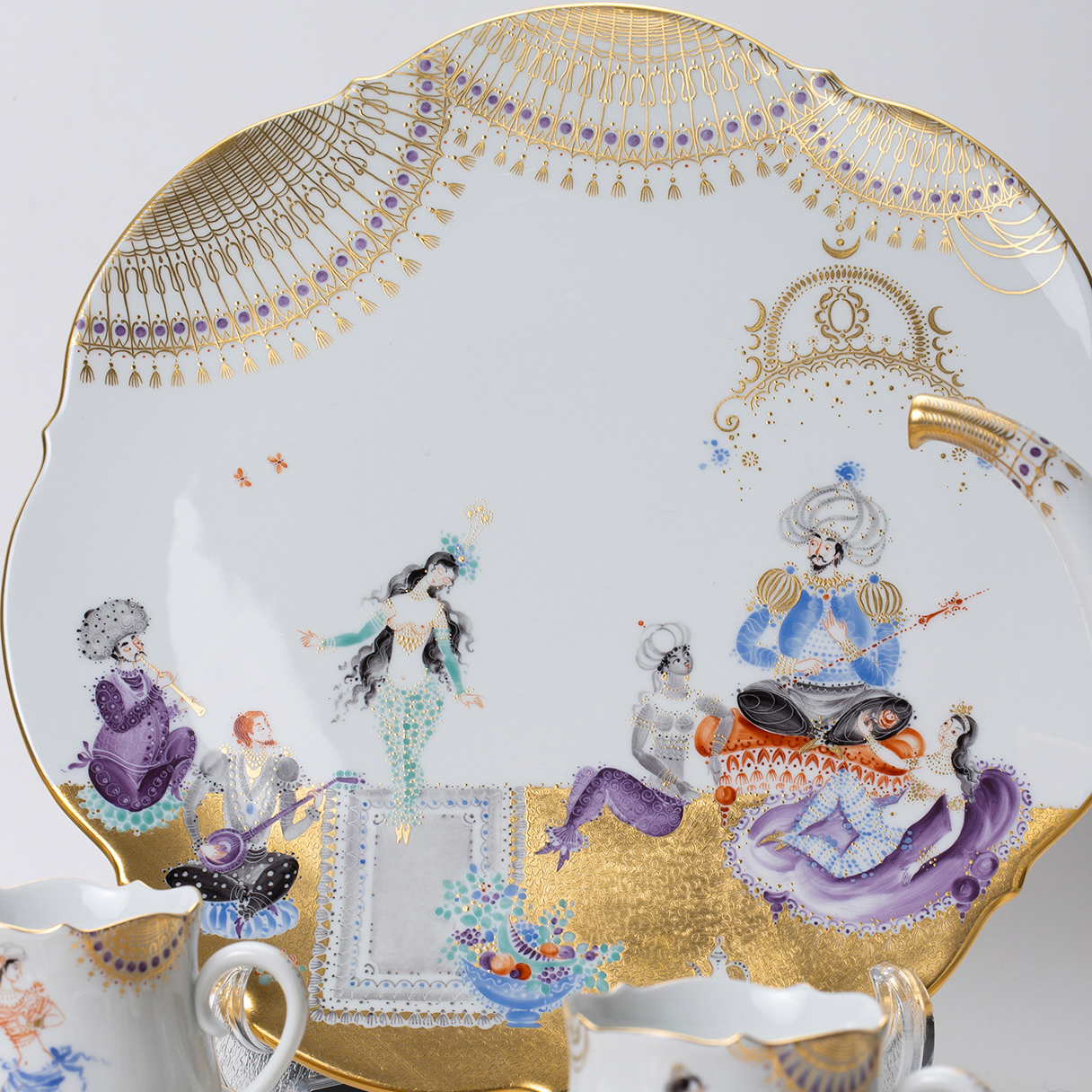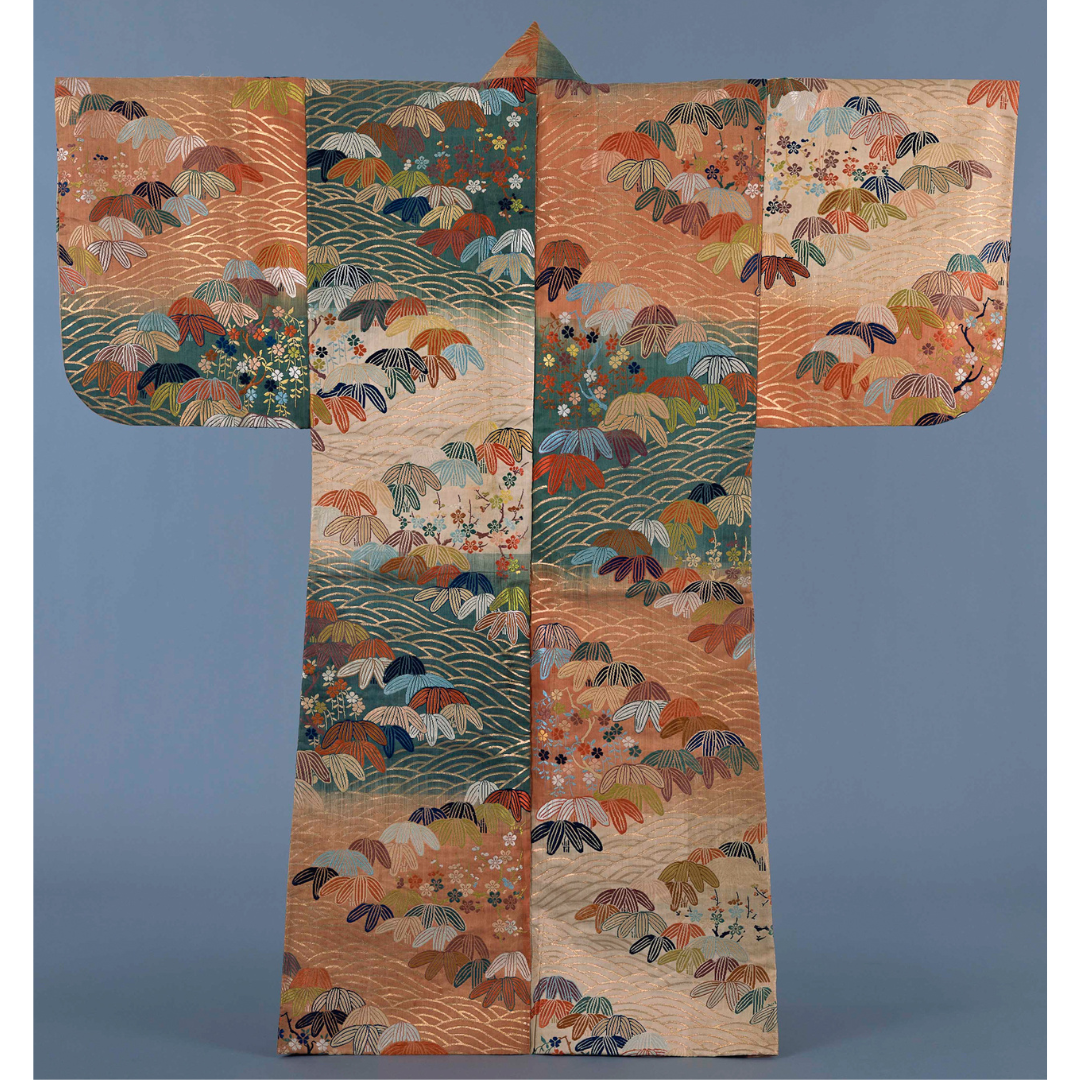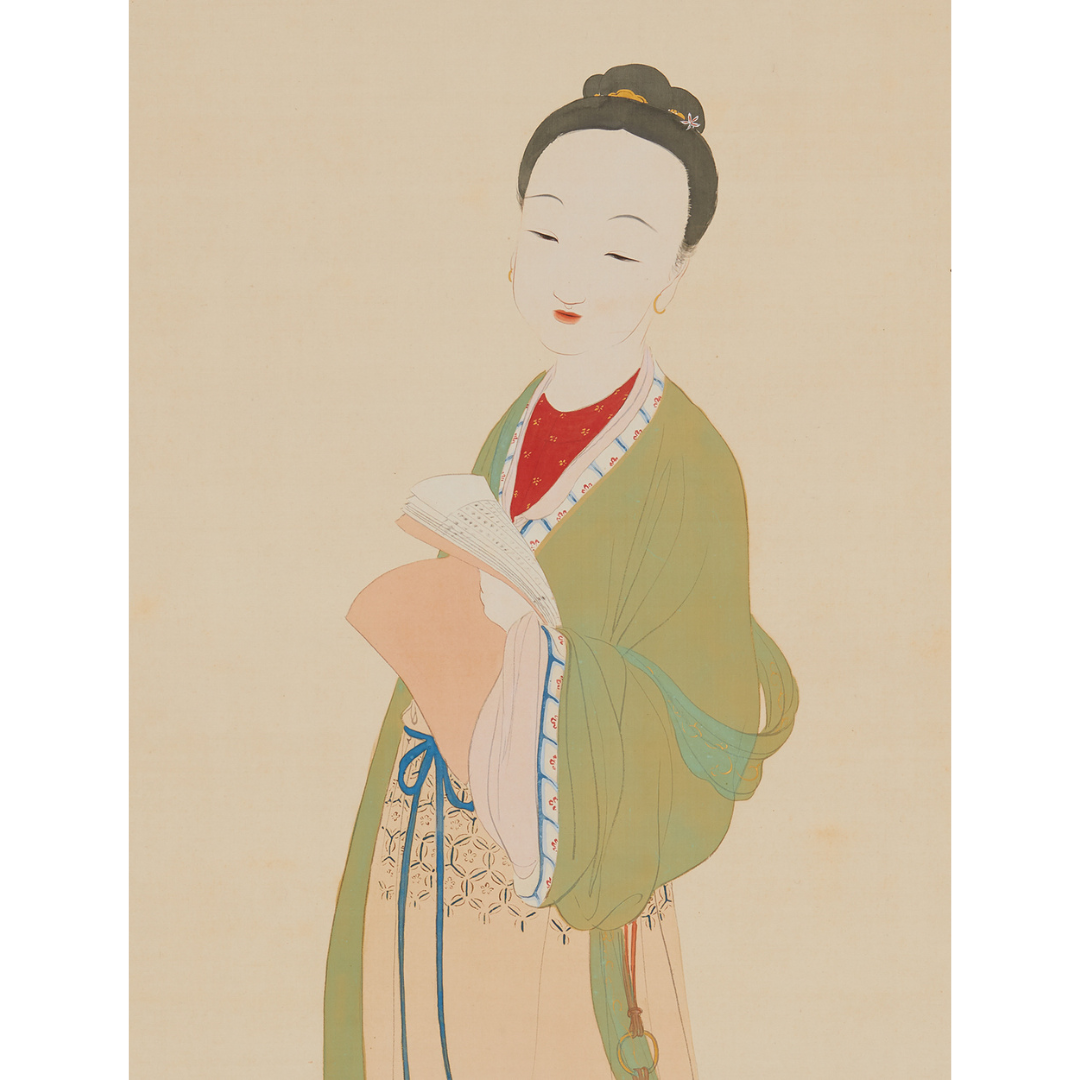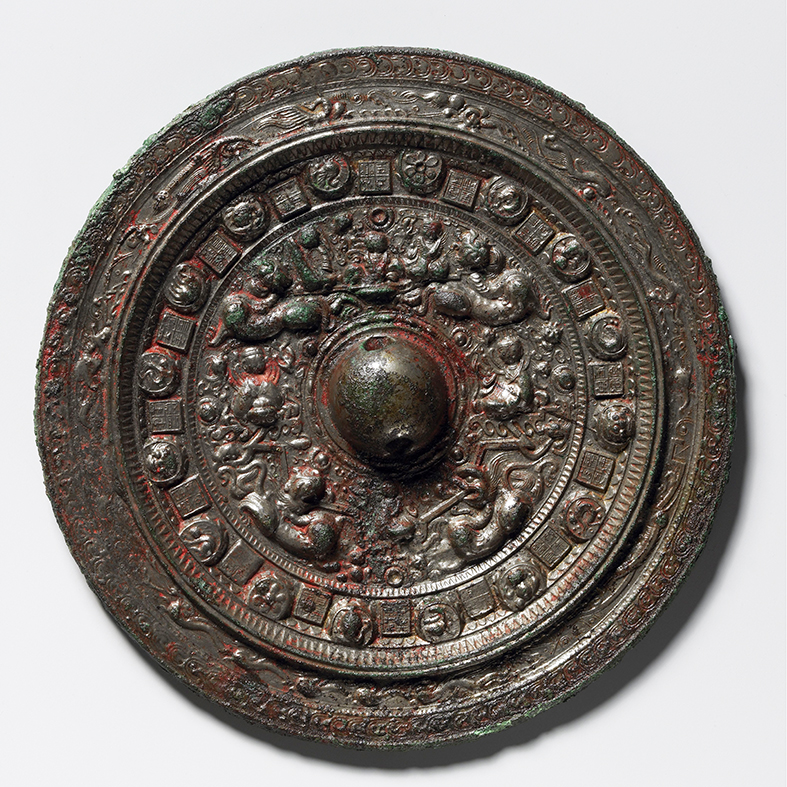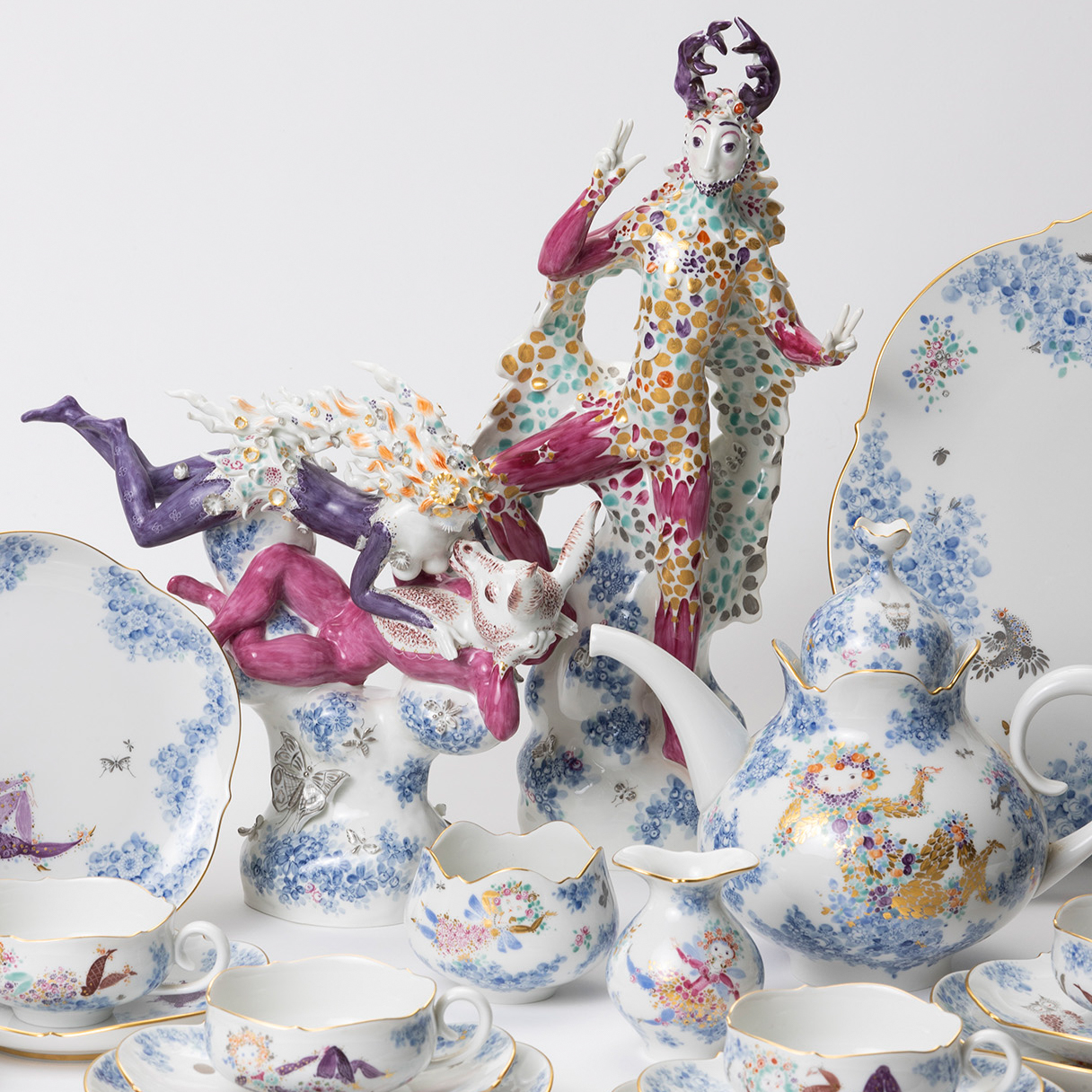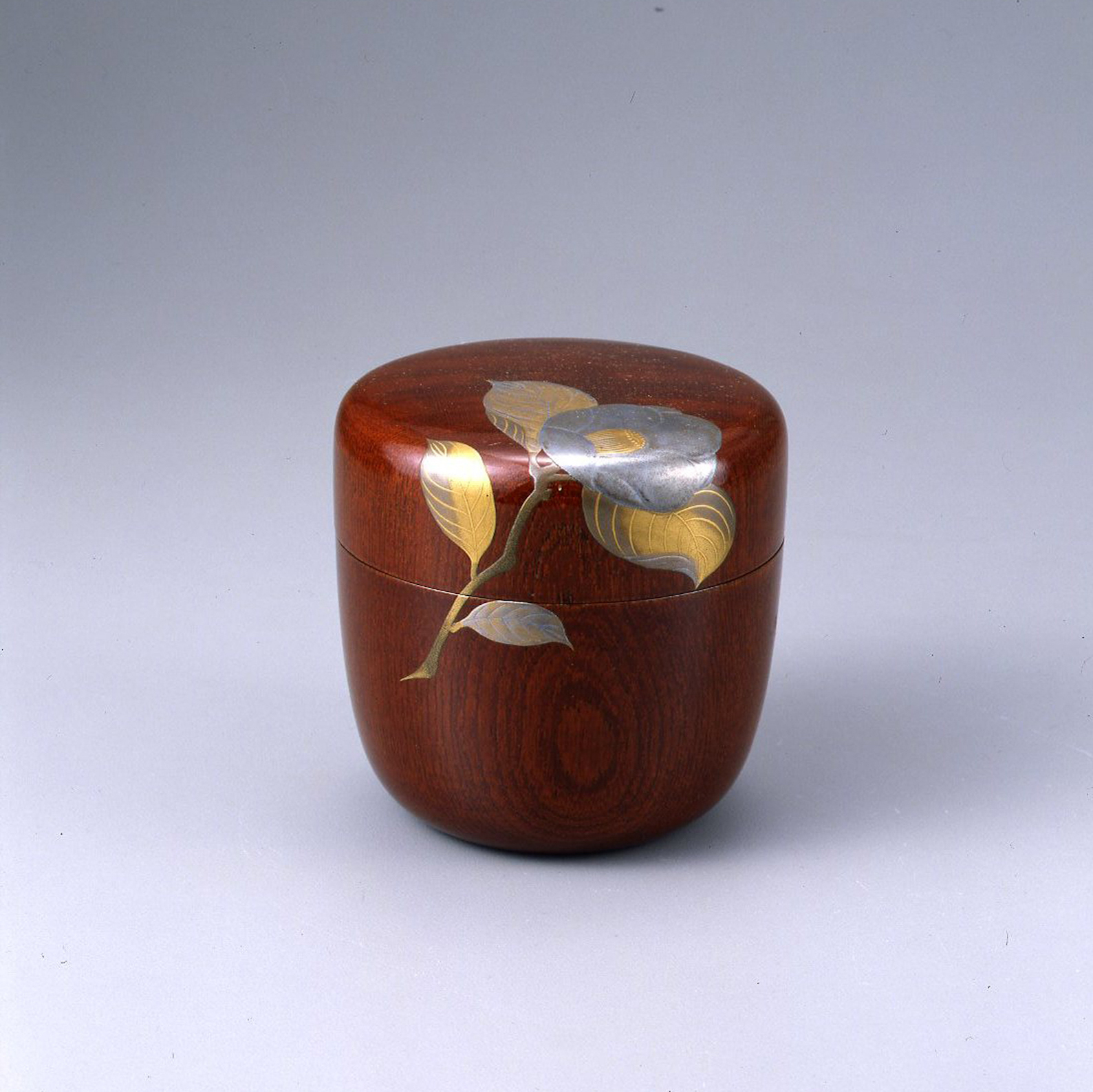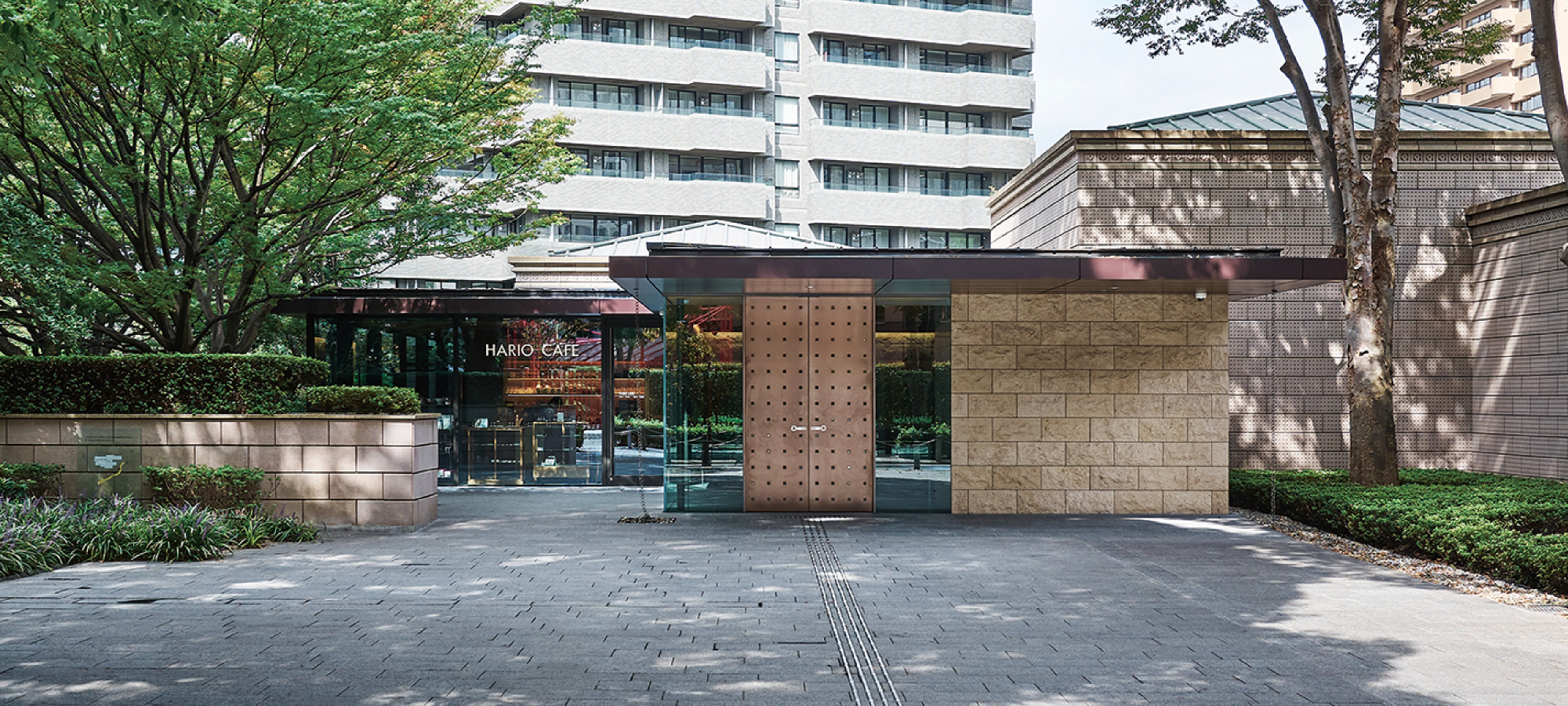“The Rimei Ogo Collection of Flower Containers”
- Open Hours
- 11:00~18:00* 11:00~19:00 on Fridays
(Last admission 30 minutes before closing)
- Day Closed
- Mondays during the exhibition
(Open on public holidays, closed on the following weekday)
The history of flower containers in Japan is believed to have begun with their introduction from China as ceremonial tools in Buddhist temples. During the Muromachi period (1336–1573), indoor arts such as linked verse, the tea ceremony, and flower arranging flourished. This led to zashiki kazari (tatami-floored reception room decoration), which involved displaying imported Chinese paintings and calligraphic works, furnishings, tea utensils, and writing implements. The decoration of formal palace rooms and related etiquette, known as shitsurai, followed a protocol centered on these Chinese imports. These displays featured Chinese flower containers, incense burners, incense containers, and tenmoku tea bowls. Inspired by imported Chinese metal flower containers, Japan began producing its own containers from various materials such as ceramics and bamboo from the medieval period onward, giving birth to a uniquely Japanese aesthetic. This exhibition showcases artworks related to flower containers from the Sumitomo Collection. Concurrently, we will present a collection of flower vases donated by ikebana master OGO Rimei.
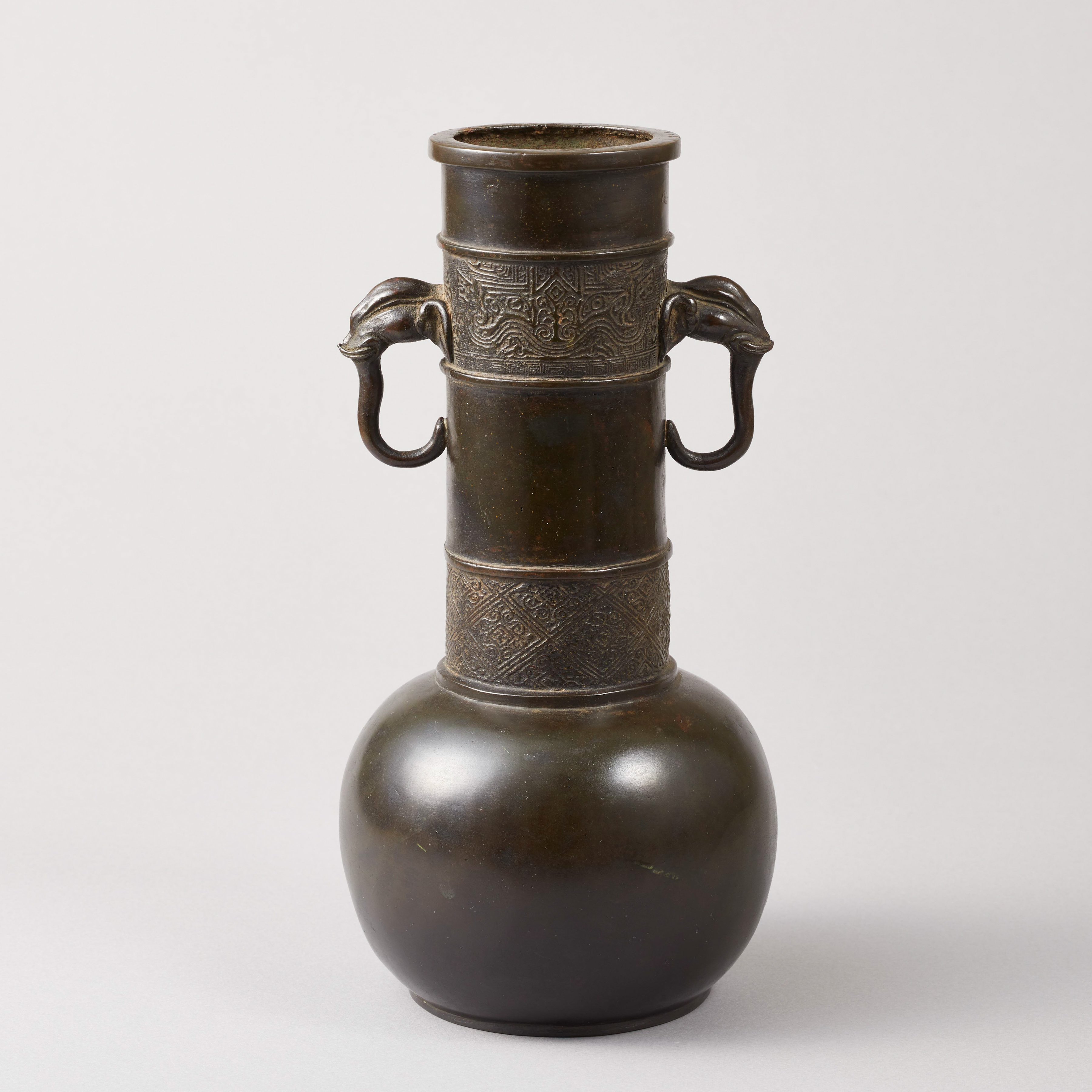
SEN-OKU HAKUKOKAN MUSEUM TOKYO
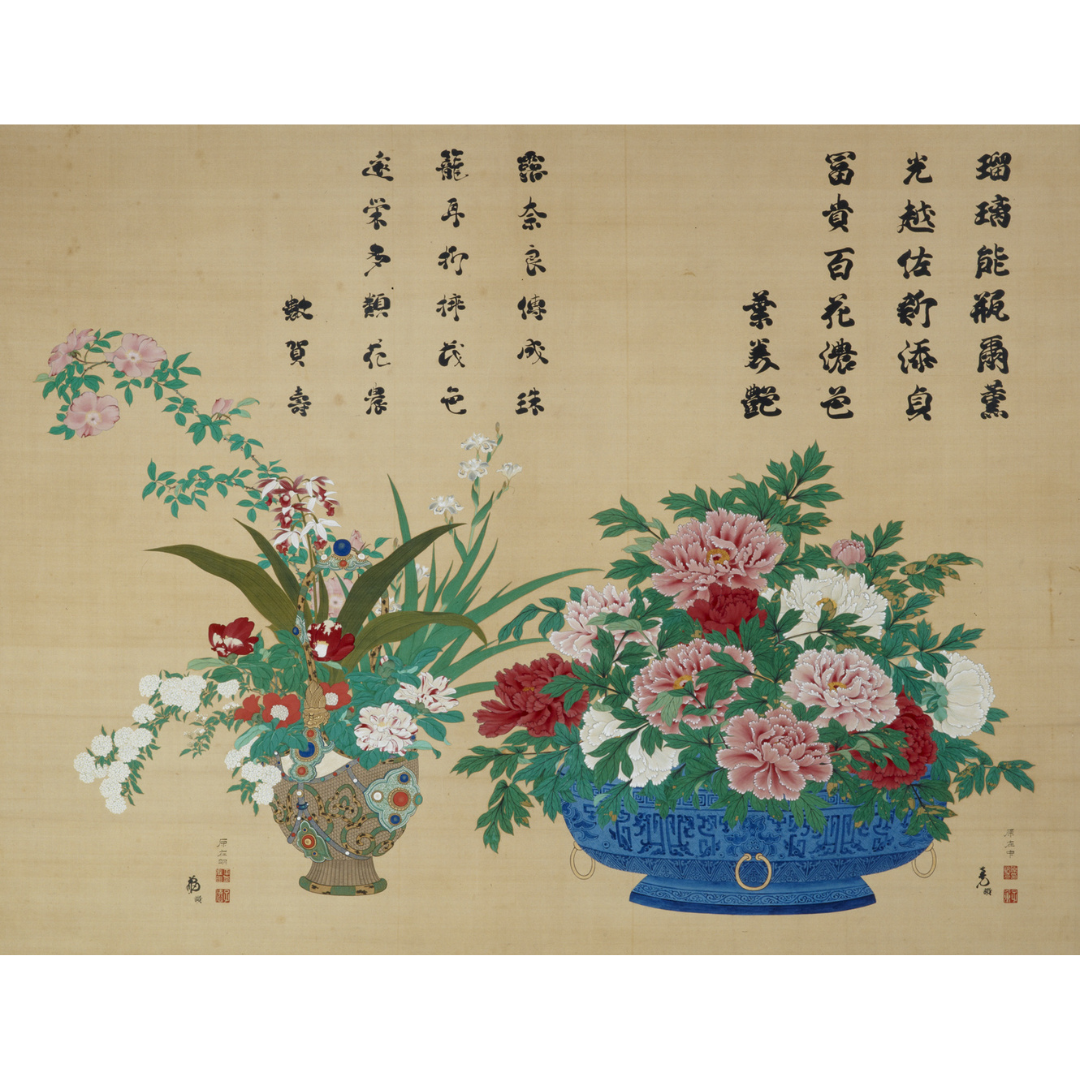
SEN-OKU HAKUKOKAN MUSEUM (Kyoto)
- Admission Fee
- Adults ¥1,200
Students with ID ¥600
Under 18 years old : Free
* A group discount applies for a party of 20 or more.
* Free for people with disability ID
